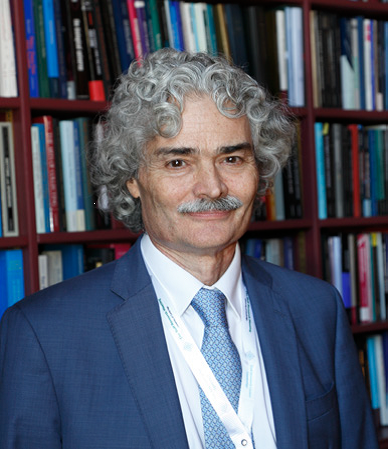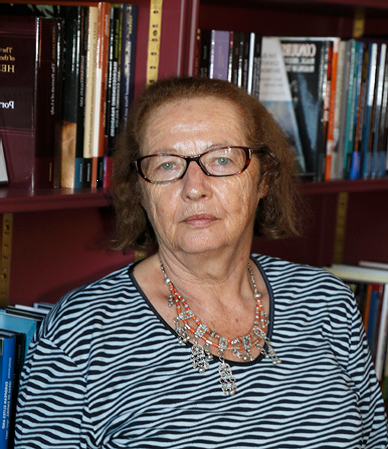The GCC has a long standing relationship with Yemen, which borders both Saudi Arabia and Oman. Whatever the outcome of the current political conflict in Yemen, the future of Yemen will be a significant issue in Gulf Studies. This workshop will bring together scholars to assess the future of Yemen in relation to the Gulf States. The issues to be addressed include the factors leading to the recent campaign in Yemen, the nature of the various factions and sects in Yemen, the role of humanitarian and development aid to rebuild Yemen, and the potential for economic viability in a future Yemeni state. It is important to treat Yemen as part of Gulf Studies research and to encourage younger scholars in the social sciences to pursue interdisciplinary research on relations between the GCC and Yemen.
3 DAYS / 12 Workshops
MORE THAN 300 ACADEMIC PAPERS
This workshop will be devoted to analysis of the future of Yemen as a viable state in
relation to the Gulf States, especially Saudi Arabia and Oman which share borders with
Yemen. There is a long history of political, cultural and humanitarian relations between
Yemen and the Gulf States. The crisis that began in Yemen after the transition from three
decades of rule by Ali Abdullah Salih, a brokered National Dialogue Conference and
finally an open war in Yemen has major repercussions for the stability of the Gulf States,
including Saudi Arabia. Whatever the final result of this military intervention, the future
of Yemen as a state cannot be separated from the political agenda of the GCC states,
especially Saudi Arabia. The major objective of this workshop is to bring together a
range of scholars to assess the relevant factors for the restoration of stability in Yemen
and its future relations with the Gulf States. The future of Yemen will be determined by
its relations with the GCC more than any other external factor.
A number of factors have led to the current crisis. It is important to address the history of
political and cultural relations between Yemen and the Gulf States, including labor
migration from Yemen, previous development and humanitarian aid to Yemen, border
disputes, sectarian conflict, disagreement over the Iraqi invasion of Kuwait in 1990,
brokering of the transitional government after the Arab Spring, and tribal connections.
Such a broad context provides an opportunity to discuss the recent military campaign
against the backdrop of previous interactions between Yemen and the Gulf States.
Relations between Saudi Arabia and Yemen were tense throughout the 20th century,
stemming back to the disagreement between Imam Yahya and Ibn Sa’ud in 1934 over
Najran and the Asir region, followed in the 1960s with the Saudi support for the deposed
Imam Badr in the north. After reconciliation in the north, Saudi Arabia provided large
amounts of aid to North Yemen (the Yemen Arab Republic), especially for the Ministry
of Education. The Saudi relationship with the former PDRY in the South is also an
important factor for assessing the current situation. Ranging from open hostility to
reluctant acceptance under the different leaders, Saudi views of the secessionist
movement are important to analyze.
Another important issue to address is the tension between Sunni and Shia in the Arabian
Peninsula and its impact on the recent conflict in Yemen. Before 1980, the main religious
sects within Yemen included: the Zaydis in the north, the Shafi’i in the south and coast,
and a small Ismaili community in the central highlands. For the most part, there was little
sectarian violence, despite the political creation of a republic in the north and a socialist
regime in the south. Since the 1980s, there has been a major increase in Salafi and
Brotherhood influence, creating tensions with the traditional Zaydi perspective in the
north and Shafi’i perspectives in the south. The current conflict with the Houthi/Salih
3
alliance needs to be examined in light of the earlier Houthi rebellion in Yemen’s north,
which included a Houthi incursion into Saudi Arabia in 2009, the role of Iranian support,
and the expanded influence of al-Qaeda/Ansar Shariah in the south.
The future of relations between Sanaa and the Gulf States will relate to the rebuilding of
Yemen, the poorest state on the Peninsula, especially after the current civil strife. In the
past, Yemen provided migrant labor to the GulfStates, but many of these workers
returned to Yemen after the first Gulf War and substantial numbers have returned in the
last decade. Several major development projects have been sponsored by the Gulf States,
including the new Marib Dam, built with funding from Shaikh Zayed of the UAE and
inaugurated in 1986. In addition to the humanitarian aid already promised, there is also a
potential to restore Yemen’s rich Islamic heritage, including major mosques from the
Rasulid era.

